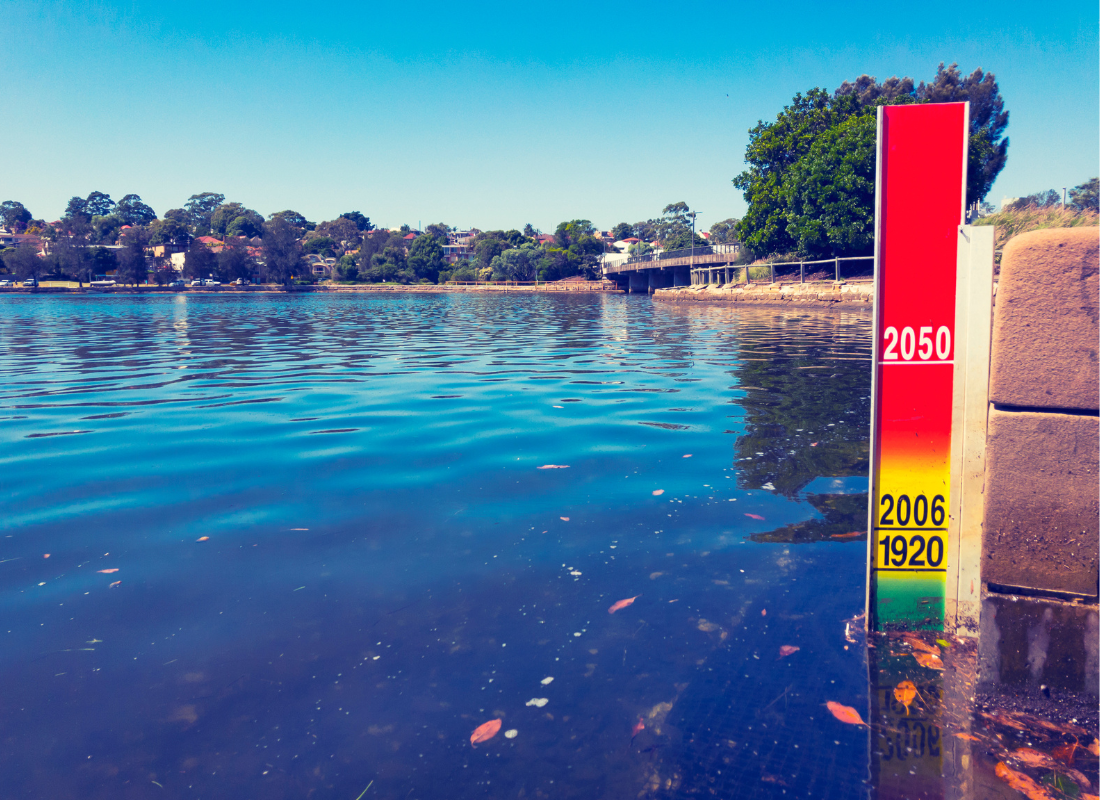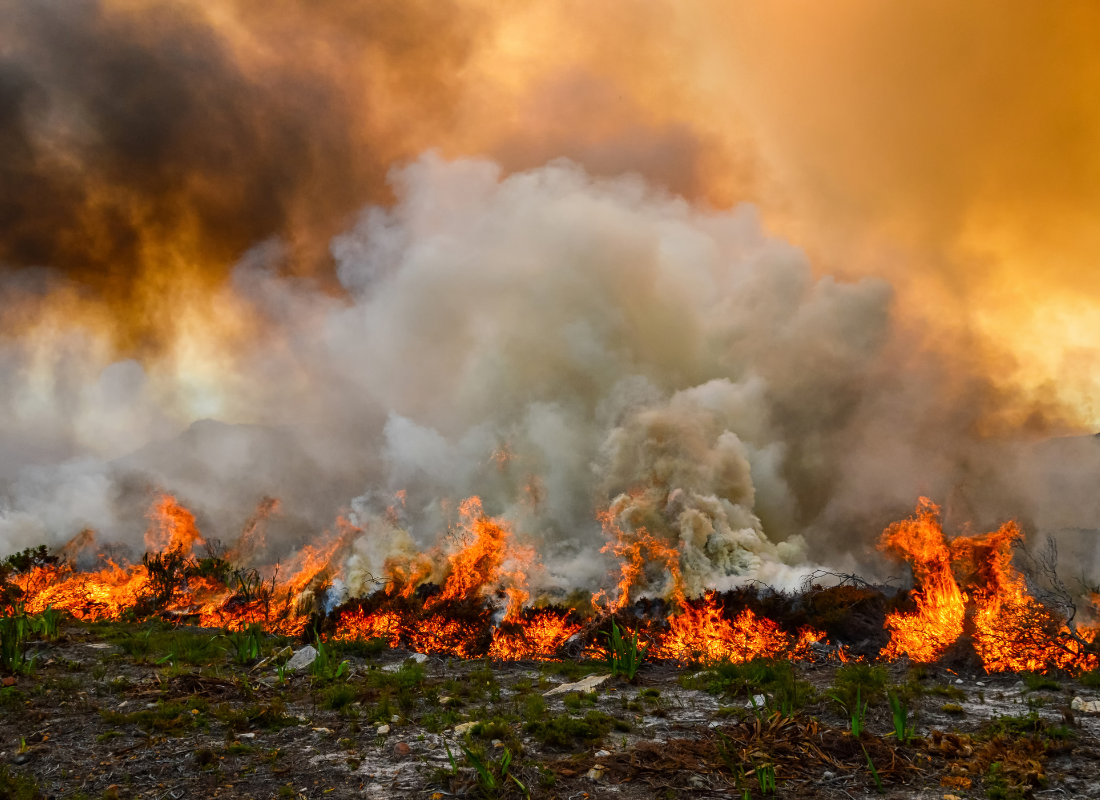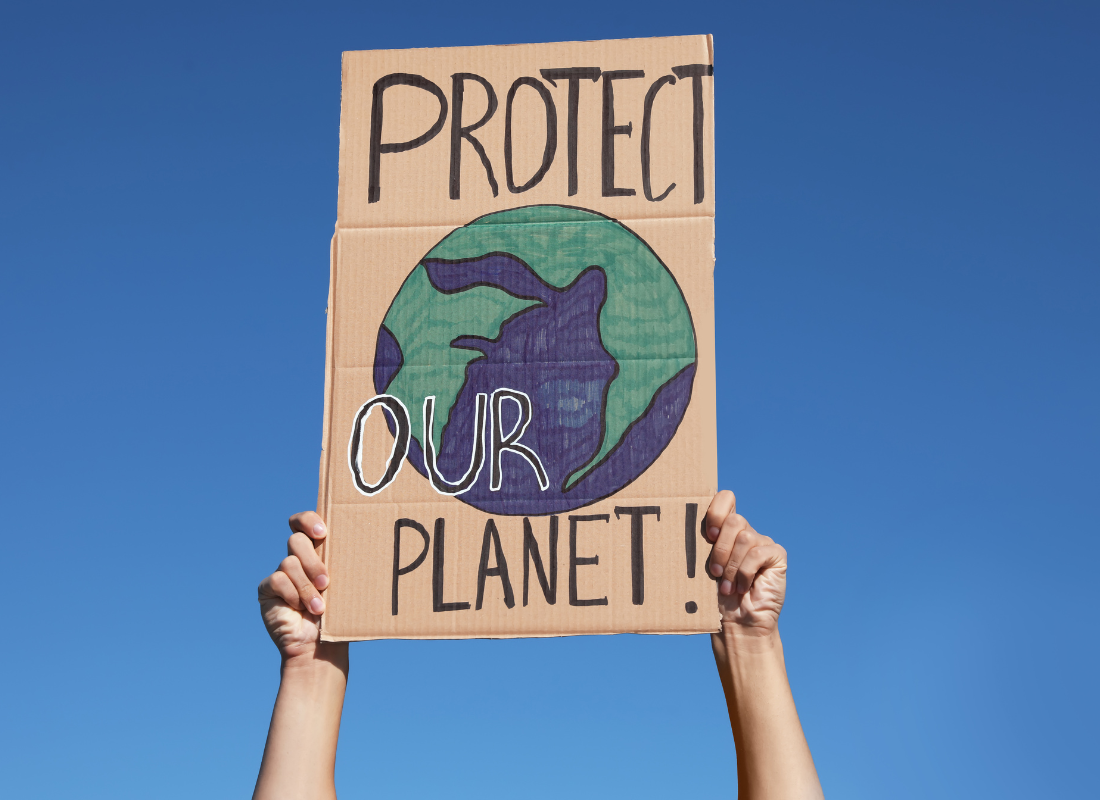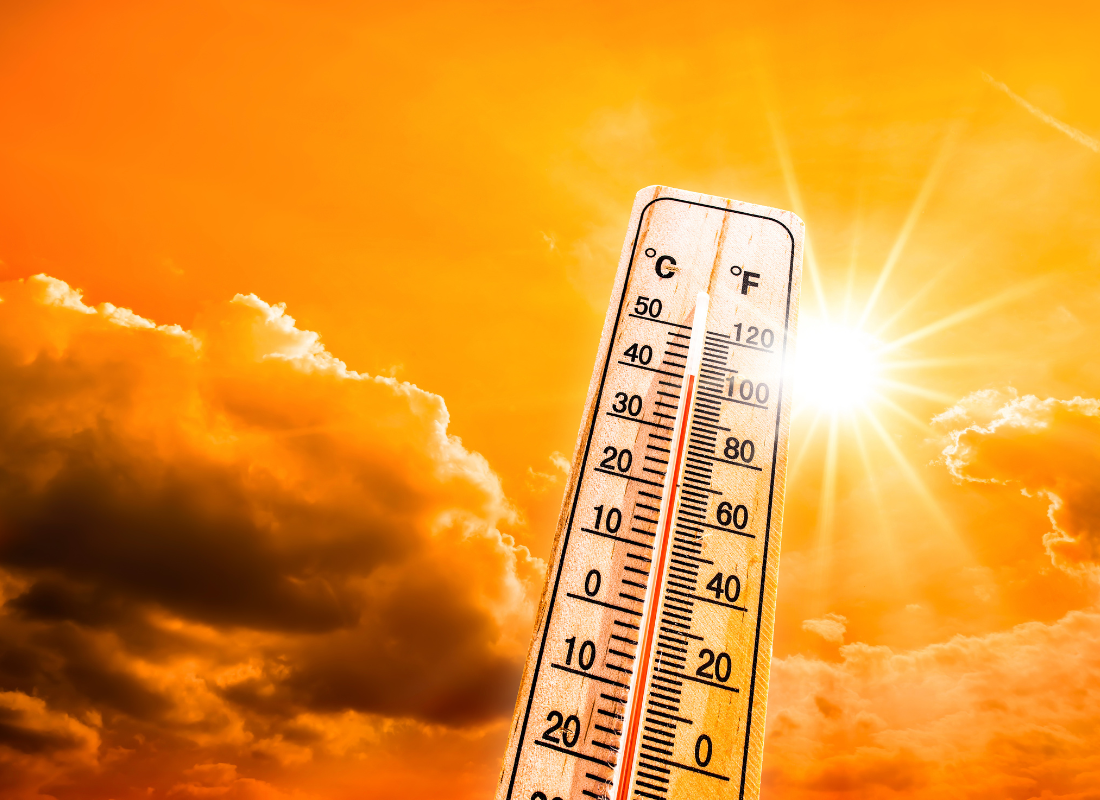
The Earth is undergoing a profound transformation as a result of human activities, primarily the release of greenhouse gases into the atmosphere.
The consequences of these actions manifest in a myriad of ways, collectively known as climate change. Among these impacts, extreme weather events and rising sea levels stand out as critical indicators of the planet’s changing climate.
This article delves into the intricacies of these phenomena, exploring their causes, current effects, and the imperative need for global action.
Extreme Weather Events:
- Intensified Heatwaves: One of the most tangible consequences of climate change is the intensification of heatwaves. Rising global temperatures create extended periods of extreme heat, with record-breaking temperatures becoming more frequent. Heatwaves have far-reaching implications, affecting human health, agriculture, and ecosystems. Vulnerable populations, particularly in urban areas, face heightened risks of heat-related illnesses, while crops and livestock suffer from heat stress.
- Increased Frequency and Severity of Storms: The warming of the Earth’s surface provides the energy necessary for the formation of powerful storms. Hurricanes, typhoons, and cyclones have become more frequent and intense, causing widespread destruction. Coastal communities are particularly vulnerable, facing storm surges, flooding, and wind damage. The aftermath of these events often involves long-term recovery efforts and significant economic losses.
- Changes in Precipitation Patterns: Climate change alters precipitation patterns, leading to more frequent and intense rainfall in some regions and prolonged droughts in others. Floods and landslides result from heavy rainfall, impacting communities, infrastructure, and agriculture. Conversely, droughts pose a threat to water supplies, crop yields, and ecosystems, exacerbating water scarcity issues.
- Wildfires:
 The combination of higher temperatures, prolonged droughts, and altered vegetation patterns has contributed to an increased prevalence of wildfires. Dry conditions provide ample fuel for these devastating events, threatening biodiversity, destroying habitats, and releasing vast amounts of carbon dioxide into the atmosphere. Wildfires not only have immediate ecological consequences but also contribute to long-term climate change through the release of greenhouse gases.
The combination of higher temperatures, prolonged droughts, and altered vegetation patterns has contributed to an increased prevalence of wildfires. Dry conditions provide ample fuel for these devastating events, threatening biodiversity, destroying habitats, and releasing vast amounts of carbon dioxide into the atmosphere. Wildfires not only have immediate ecological consequences but also contribute to long-term climate change through the release of greenhouse gases.
Rising Sea Levels:

- Melting Ice Caps and Glaciers: One of the most visually striking indicators of climate change is the accelerated melting of ice caps and glaciers. In polar regions, the Greenland and Antarctic ice sheets are losing mass at an alarming rate. As these ice masses melt, they contribute to rising sea levels. Coastal regions, particularly low-lying islands and deltas, are at increased risk of inundation.
- Thermal Expansion: As global temperatures rise, seawater absorbs heat and undergoes thermal expansion. This expansion contributes significantly to rising sea levels, threatening coastal communities around the world. Small island nations and densely populated coastal areas face the prospect of displacement and loss of valuable infrastructure due to encroaching waters.
- Impact on Coastal Ecosystems: Rising sea levels pose a direct threat to coastal ecosystems, including mangroves, salt marshes, and coral reefs. These ecosystems provide vital services, such as coastal protection, habitat for marine life, and carbon sequestration. As sea levels rise, these ecosystems face submersion and degradation, leading to a loss of biodiversity and diminished resilience to extreme weather events.
- Threat to Infrastructure: The encroachment of rising seas poses a significant threat to coastal infrastructure. Ports, roads, and urban centers are increasingly vulnerable to flooding and erosion. In addition to the direct physical damage, the economic and social consequences of losing valuable coastal assets are substantial, with potential implications for entire economies and communities.
Global Implications and Urgent Actions:

- Displacement of Populations: The combined impacts of extreme weather events and rising sea levels are already leading to the displacement of communities. Low-lying coastal areas and island nations face the existential threat of losing their homes and livelihoods. Climate refugees, a term gaining prominence, refer to those forced to migrate due to environmental changes. The international community must address the humanitarian challenges posed by climate-induced displacement.
- Economic Costs: The economic toll of climate change-related impacts is staggering. The costs associated with rebuilding after extreme weather events, adapting infrastructure to rising sea levels, and addressing the long-term consequences of climate change represent a significant burden on global economies. Investing in resilience and sustainable practices can help mitigate these costs and build a more robust foundation for future development.
- Biodiversity Loss:
 The interconnectedness of ecosystems means that climate change affects biodiversity on a global scale. Disruptions to ecosystems, whether through extreme weather events, habitat loss, or changing temperatures, contribute to the loss of plant and animal species. The degradation of coral reefs, in particular, threatens marine biodiversity and the livelihoods of communities dependent on healthy oceans.
The interconnectedness of ecosystems means that climate change affects biodiversity on a global scale. Disruptions to ecosystems, whether through extreme weather events, habitat loss, or changing temperatures, contribute to the loss of plant and animal species. The degradation of coral reefs, in particular, threatens marine biodiversity and the livelihoods of communities dependent on healthy oceans. - Global Cooperation: Addressing the impacts of climate change requires unprecedented levels of global cooperation. The Paris Agreement, a landmark international accord, aims to limit global warming to well below 2 degrees Celsius above pre-industrial levels. Countries must not only fulfill their commitments under the agreement but also strive for more ambitious targets to ensure a sustainable and resilient future.
- Transition to Renewable Energy:
 Mitigating climate change and its associated impacts requires a fundamental shift away from fossil fuels toward renewable energy sources. The transition to clean energy not only reduces greenhouse gas emissions but also enhances energy security and creates new economic opportunities. Governments, businesses, and individuals all play crucial roles in advancing the adoption of renewable energy technologies.
Mitigating climate change and its associated impacts requires a fundamental shift away from fossil fuels toward renewable energy sources. The transition to clean energy not only reduces greenhouse gas emissions but also enhances energy security and creates new economic opportunities. Governments, businesses, and individuals all play crucial roles in advancing the adoption of renewable energy technologies.
Conclusion:

The impacts of climate change, from extreme weather events to rising sea levels, underscore the urgent need for collective action. Humanity stands at a crossroads, facing a future shaped by the choices made today.
Mitigating and adapting to the effects of climate change requires a comprehensive and coordinated effort at the local, national, and global levels.
By embracing sustainable practices, investing in resilient infrastructure, and prioritizing the transition to a low-carbon economy, we can chart a course toward a more sustainable and equitable future.
The challenges posed by climate change are daunting, but with concerted efforts, we can mitigate the severity of its impacts and build a world that is resilient in the face of a changing climate.
The time to act is now, for the sake of current and future generations who will inherit the consequences of our choices.





